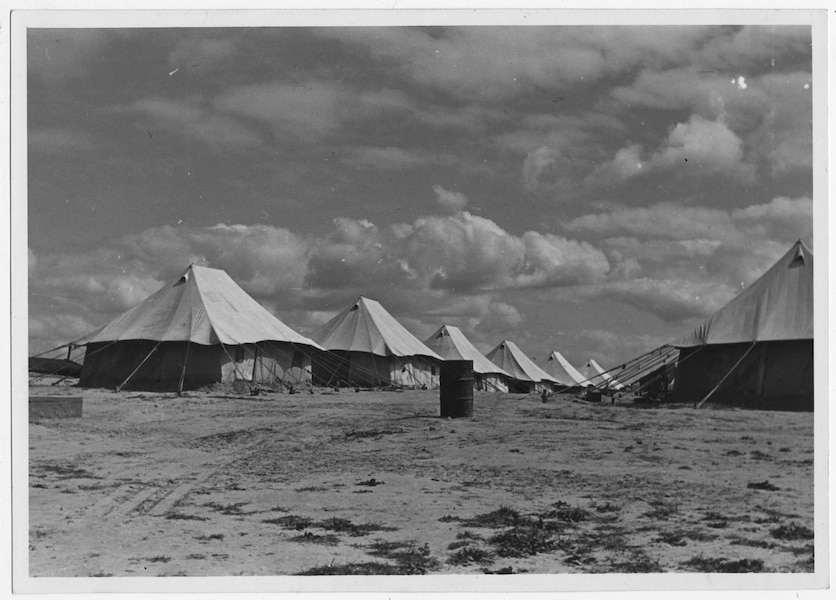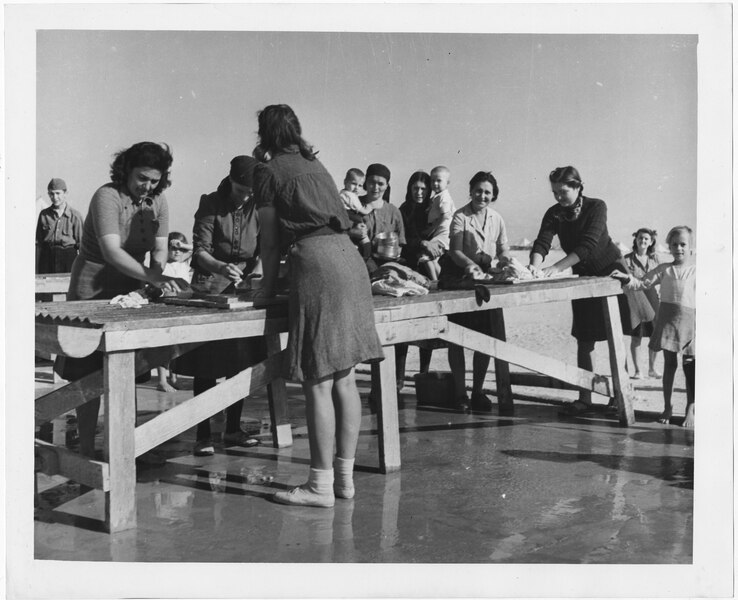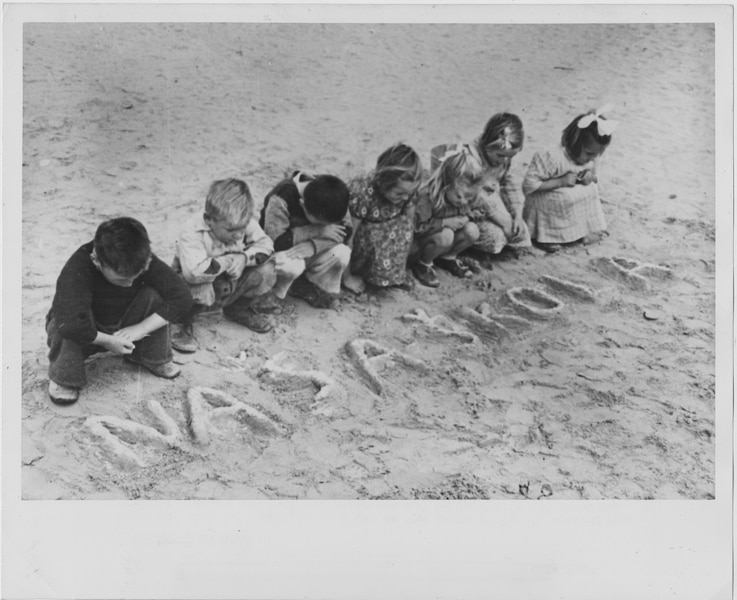During World War II, hundreds of thousands of people had to leave their homes to take themselves to safety elsewhere. They also found protection in Syria, which has been forgotten today. Now the grandchildren and great-grandchildren are looking for protection from us who then received the displaced people with open arms.
When the Nazis occupied large parts of Eastern Europe and the Balkans, countless civilians were expelled. In the occupied territories, Jews and other undesirable minorities, but also those suspected of supporting guerrilla fighters, were the target of targeted attacks and forced evacuations. They had to flee - and tried to find protection in the south and east. The Croatians, who lived along the Dalmatian coast, fled to the Adriatic island of Vis; Greek residents of the Dodecanese, a chain of islands in the Aegean, found their way to Cyprus under British protection.
Great Britain founded the "Middle East Relief and Refugee Administration" in 1942. It organized the supply of approximately 40,000 Poles, Greeks and Yugoslavs, and their distribution to camps in Egypt, southern Palestine and Syria. Aleppo in Syria - as an old and thriving metropolis - was already a true hub of emigrants, exiles - and also spies - in the 1940s.

1945 image of a camp for Greek refugees in Nuseirat, southern Palestine.
REFUGEE CAMP IN THE MIDDLE EAST
The arrival in these refugee camps went like this: After registration, the new arrivals went through a thorough medical examination. Clothes and shoes were washed there until the officials found them to be sufficiently disinfected. If the refugees were healthy enough, they were taken to the real camp and divided into living areas for families, unaccompanied children, single men and women. Once assigned to a specific part of the camp, the refugees had little opportunity to go outside. Occasionally, they could go on excursions under the supervision of camp officials.

A 1945 photo from the El Shatt camp in Egypt shows women washing their clothes outdoors.
For example, when the refugees in Aleppo camp walked several miles into town, they would go to shops to buy basic supplies, watch a movie in the local cinema, or simply distract themselves from the monotony of camp life. The camp in Moses Wells in Egypt was not within walking distance of a city, but the refugees were able to bathe in the nearby Red Sea for some time every day.
The conditions were poor, but there were playgrounds, sports fields and other leisure activities; the residents could earn a living there or learn a trade. However, there have also been cases where the refugees have been forced to take on lower-level jobs. Food was rationed, but the refugees were able to buy their supplies in local shops.
SCHOOLS FOR CHILDREN

In 1945 Croatian children wrote the words "our school" in the sand of the Tolumbat camp.
The classes in the refugee camps in the Middle East were overcrowded - but the refugee children also received schooling. Efforts were made to create a friendly environment. In Nuseirat, for example, a refugee artist made many paintings. He hung them on the walls of a kindergarten in the camp, which made the classrooms "bright and cheerful". Wealthy people in the area donated toys, games, and dolls to kindergarten, which made a camp official realize that he was "cheap compared to many in the United States."
BETWEEN 114,000 AND 300,000 POLES IRAN
Between 1939 and 1941, Iran took in Poles who had to flee the Nazi massacre and the Soviet labor camps. They reached weakly and often fell ill on the Iranian shores of the Caspian Sea. They were largely received with open arms by the Iranians. "The friendly Persians crowded around the buses and shouted what must have been welcoming words, and pushed gifts like dates, nuts, roasted peas with raisins and juicy pomegranates through the open windows," recalled a Polish teacher in the city Isfahan lived.
Ultimately, after the end of World War II, most European refugees from the Middle East either returned home or moved. It is hardly remembered in Europe today: this narrative does not appear in the current debate about Muslim migrants.
Original Article
0 comments:
Post a Comment
Please type your comment, Note that comments are monitored and no Zionists are allowed.